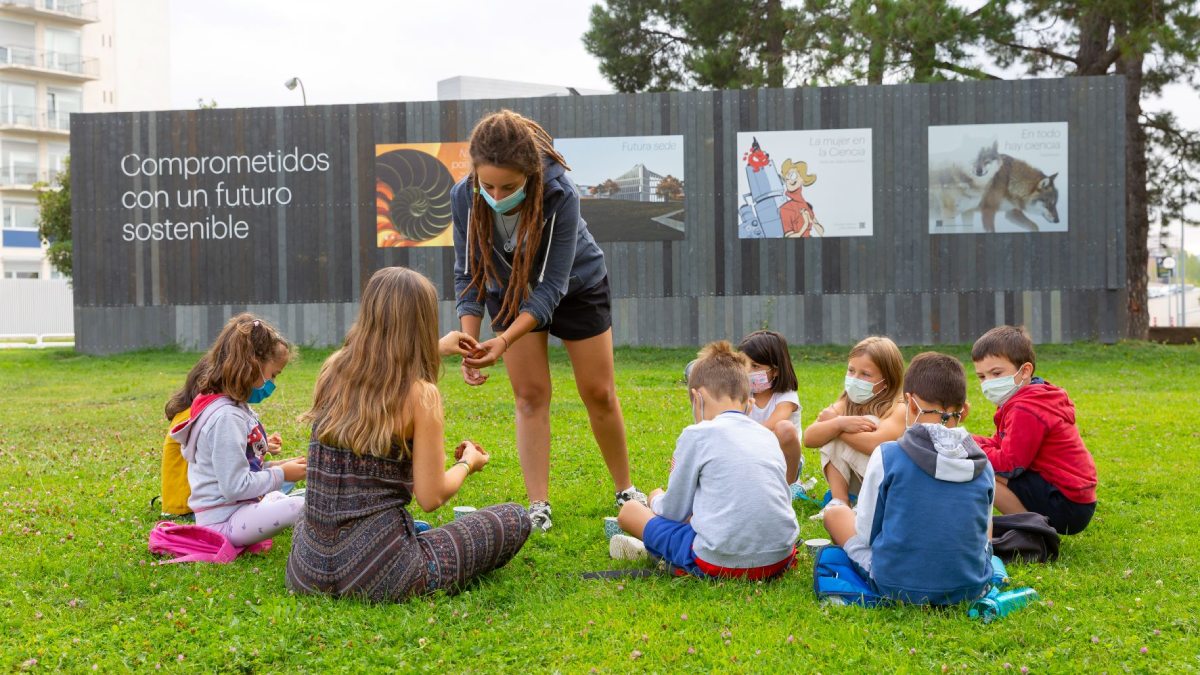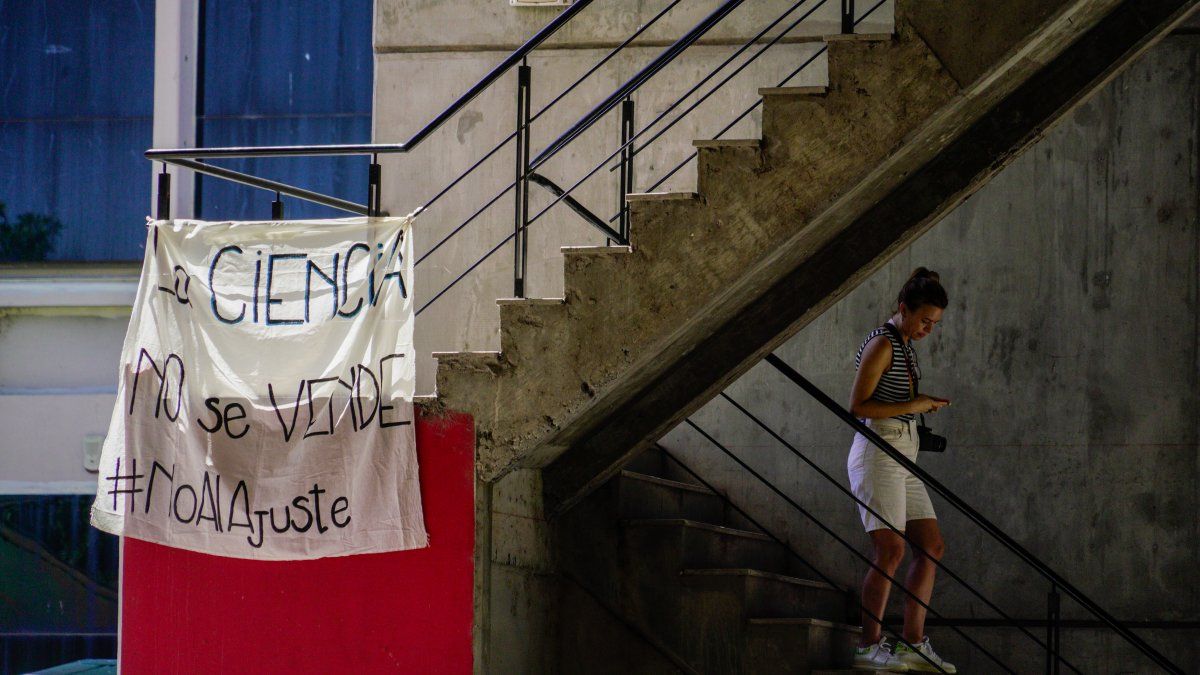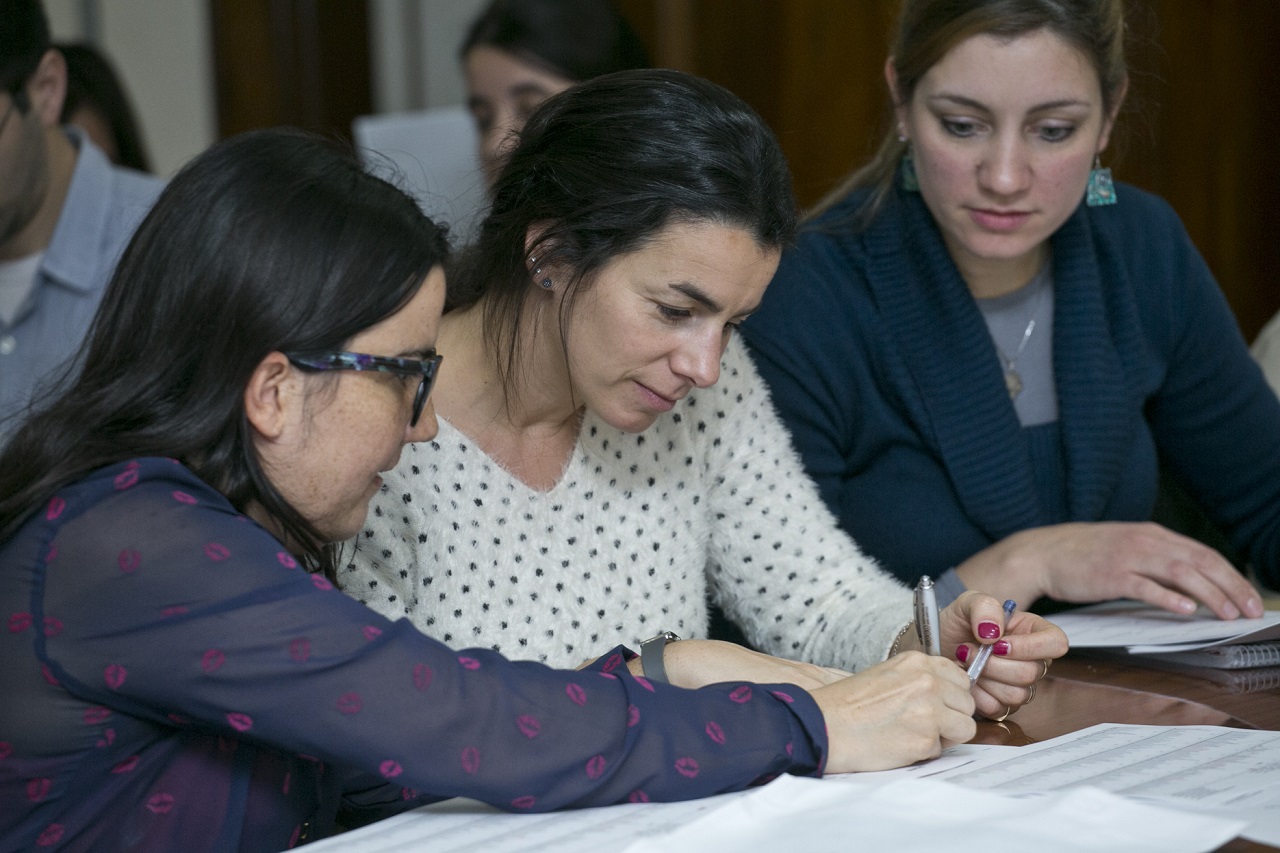Space exploration has been one of humanity's great adventures, but it is also a source of important benefits for everyday life. Many of the technological advances we use in our daily lives have their origins in space research and development, such as satellites, GPS, the Internet, cell phones, microwaves, digital cameras, solar panels, and more.
One such space development that promises to have a significant impact on society is the space helmet designed by a team of researchers from the Autonomous University of Benemrita in the state of Puebla (BUAP) led by Dr. Enrique Soto Igebar, a distinguished researcher in physiology, in collaboration with Dr. Vladimir Alexandrov Vasilievich. and researchers from M.V. Lomonosov Moscow State University. A space helmet is a device that helps astronauts when they are in microgravity environments because they lose their balance and have difficulty focusing their eyes because their vestibular system is not working properly.
The vestibular system is a group of sensory organs located in the inner ear that allows us to perceive the movement and direction of our body in space. When we are in normal gravity, the vestibular system helps us maintain postural stability, motor coordination, and vision. However, when we are in microgravity conditions, such as when we are in orbit in outer space, the vestibular system becomes disoriented and sends false signals to the brain, causing dizziness, nausea, vertigo, and loss of spatial awareness.
To solve this problem, researchers at BUAP developed a helmet containing angular acceleration sensors that record the movements of the astronaut's head and pump a current into the brain through electrodes attached to the skull to correct the position and thus ensure that the astronauts function properly in microgravity. Environments. The device has already received a patent in the United States and can be used in applications outside space, such as helping elderly people maintain their balance and thus avoid falls that can cause serious damage and even loss of their lives.
This development is an example of the value of space research in improving the quality of life of people on Earth. Moreover, it is an example of Mexico's contribution to space technology and the value of international cooperation for space development. BUAP researchers have worked for more than 30 years studying the vestibular system and have collaborated with Russian scientists to transform their basic research into space technology applications. At least one astronaut is expected to wear a space helmet on the International Space Station this year.
The BUAP space helmet is a source of pride for Mexico and an opportunity to promote interest in space science and technology among new generations. It is also a call to reflect on the benefits that space offers us and to support initiatives that seek to explore and utilize it for the well-being of humanity.
*”Signed articles are the exclusive responsibility of their authors and may or may not reflect A21 standards”*

_1_0.jpg)
:format(jpeg)/cloudfront-us-east-1.images.arcpublishing.com/elespectador/PC5AGJKB55HHLC2LSY5O4KJGLE.jpg)


